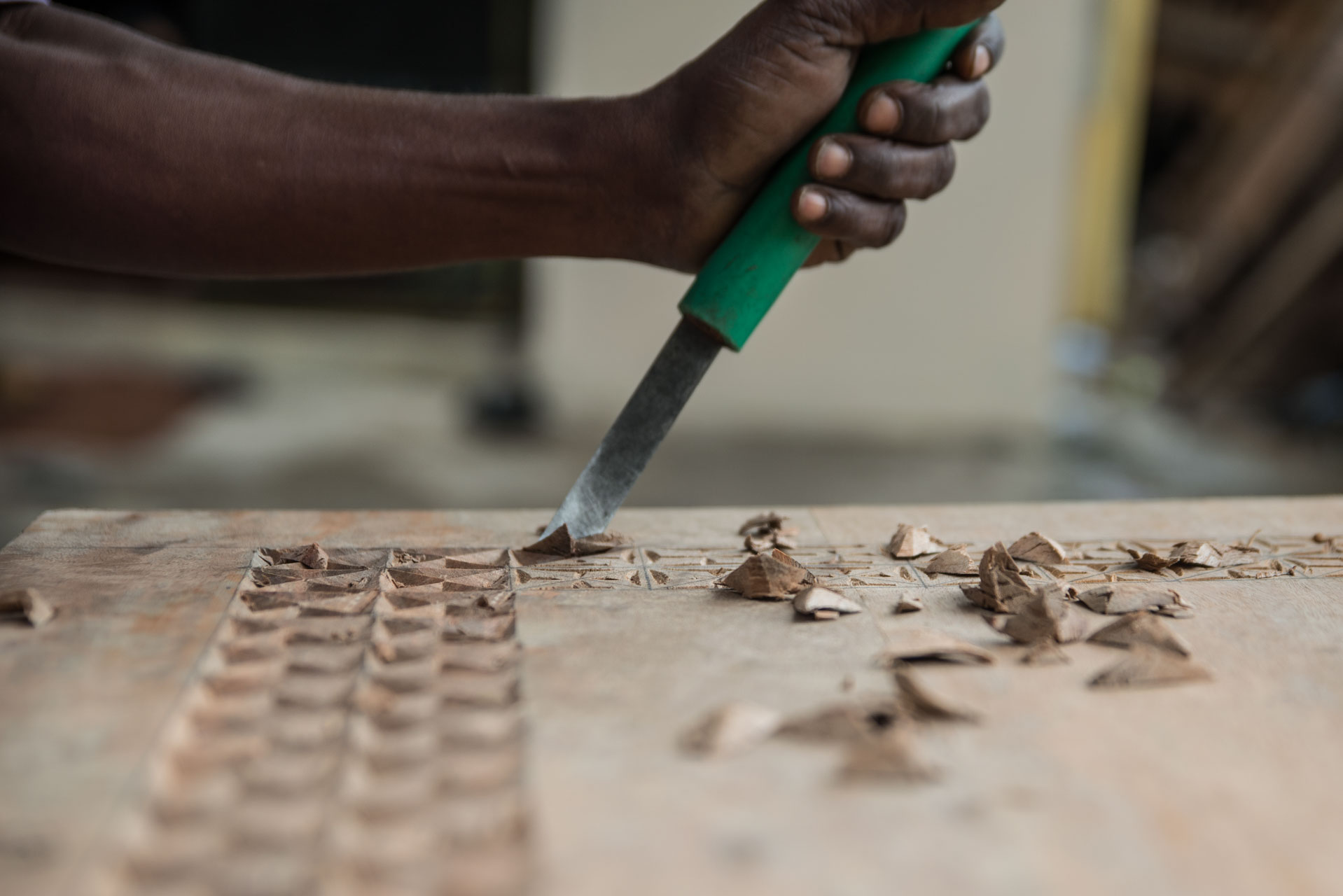
It is September 2014. We are sitting at the Swahili Cultural Centre in Mombasa listening to our narrator who, in his characteristic Swahili lilt, is recounting the history of the world-famous Swahili doors. We are then treated to a demonstration of geometric 'Bajun' and flowery 'Bengal' wooden motifs that found a home here during the Indian Ocean trade. Over the next couple of days, we travel along the Kenyan coast documenting this ancient carving technique that has been perfected over generations. Our journey culminates on Lamu Island, a UNESCO World Heritage site whose ancient buildings boast some of the oldest Swahili doors on the East African coast.
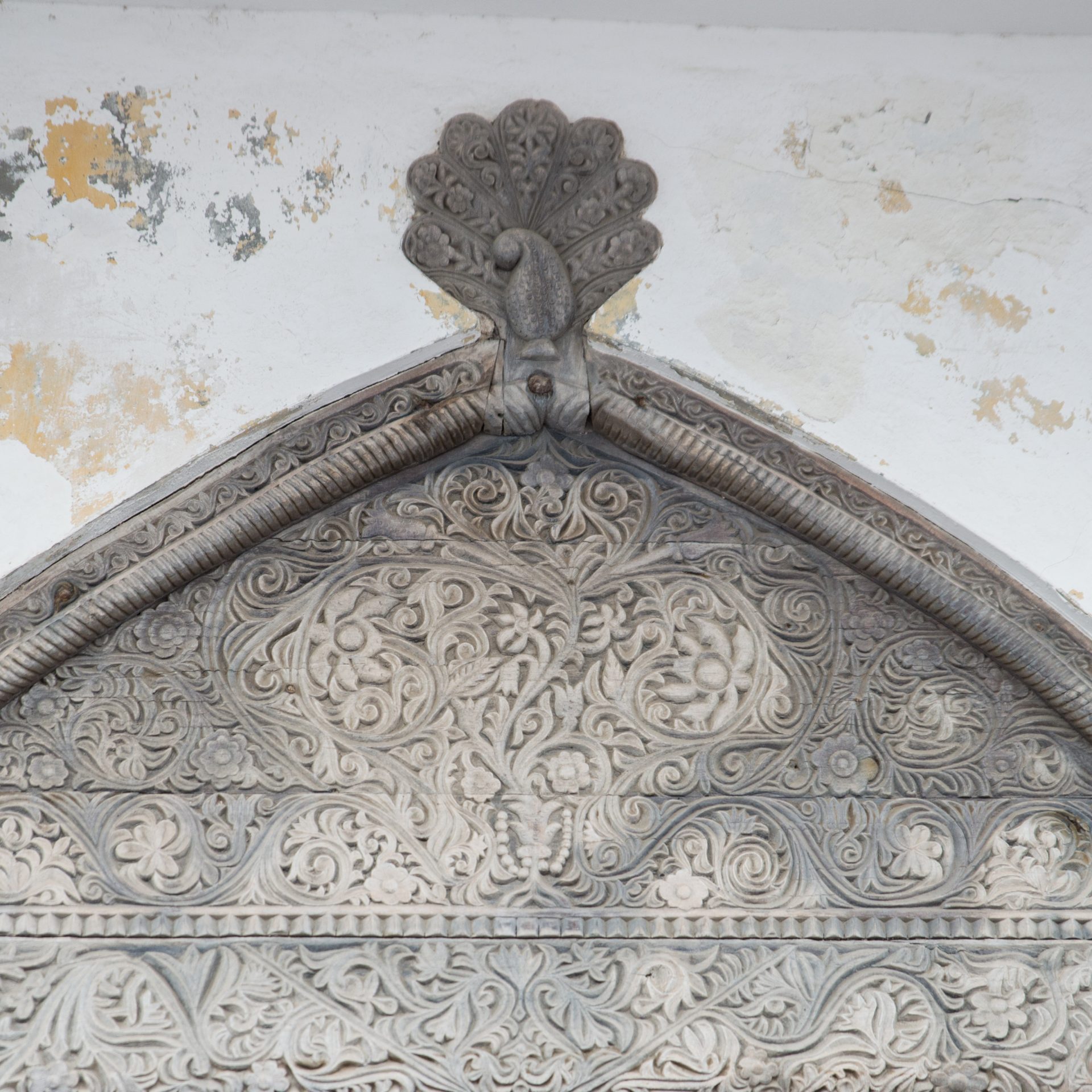
In the subsequent weeks, we venture to other parts of Kenya with the steadfast goal of documenting the country’s heritage of craft techniques, materials, and the networks of artisans, the true custodians of these cultural traditions. By the end of this journey, we have created a database of Kenyan craftsmanship.
When people ask me about Crafting Kenya’s origins, I tell them that it began with a pain point.
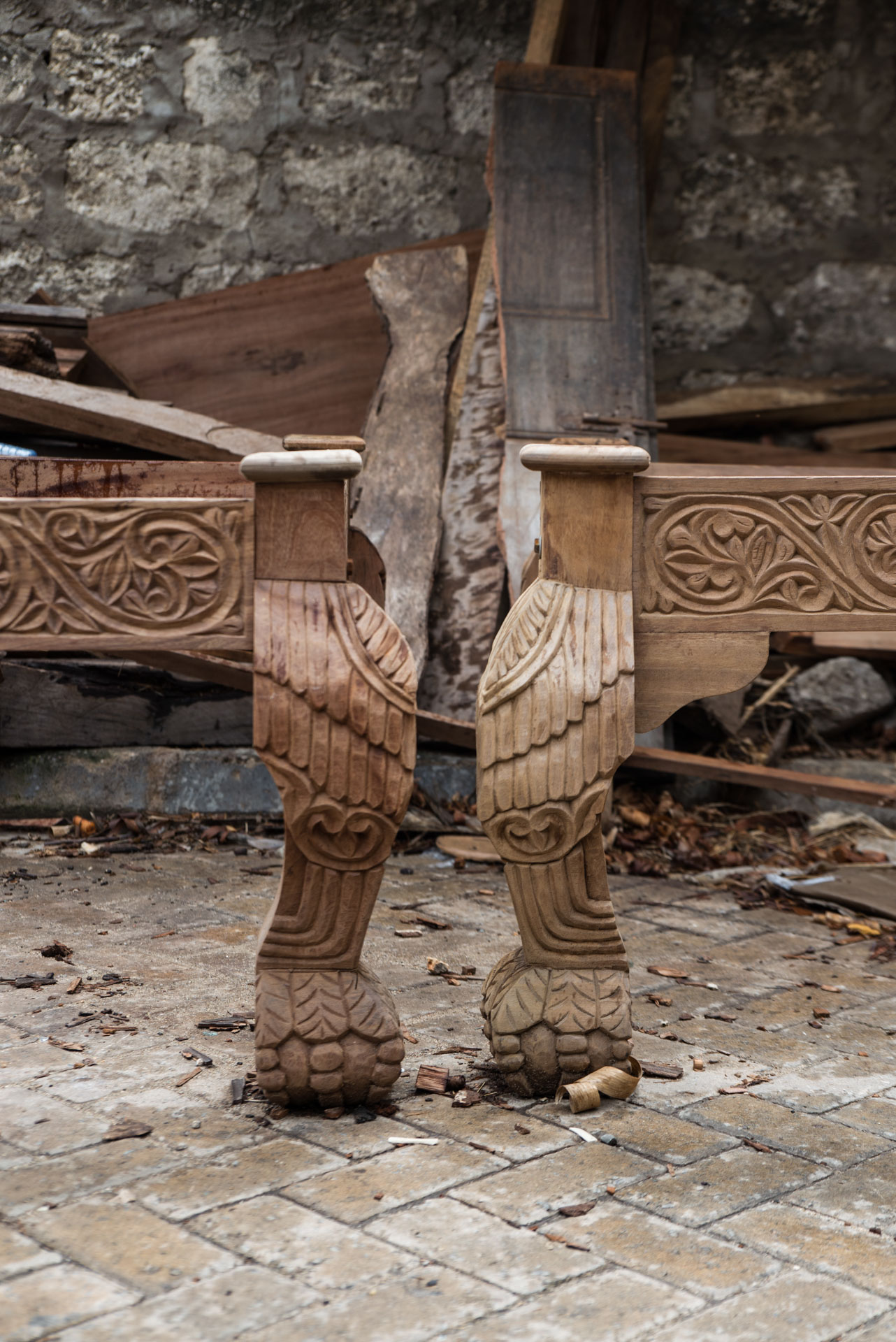

As a design student in Milan, Italy, I was completely fascinated by the Italian approach to design and production that is anchored in the country’s cultural heritage. I had often wondered how Kenya’s own wealth, in this case, our craft techniques and materials, could inform groundbreaking contemporary design. This curiosity — a borderline obsession — became my design school project. As I did my research, I was unable to find a comprehensive resource on Kenyan craftsmanship. How could a country such as Kenya, rich in this arena, not have documented this legacy that drives a sector said to be the country’s second or third-largest employer? Thus began the transition from a personal need to a larger duty to document this for posterity, through data and photography.
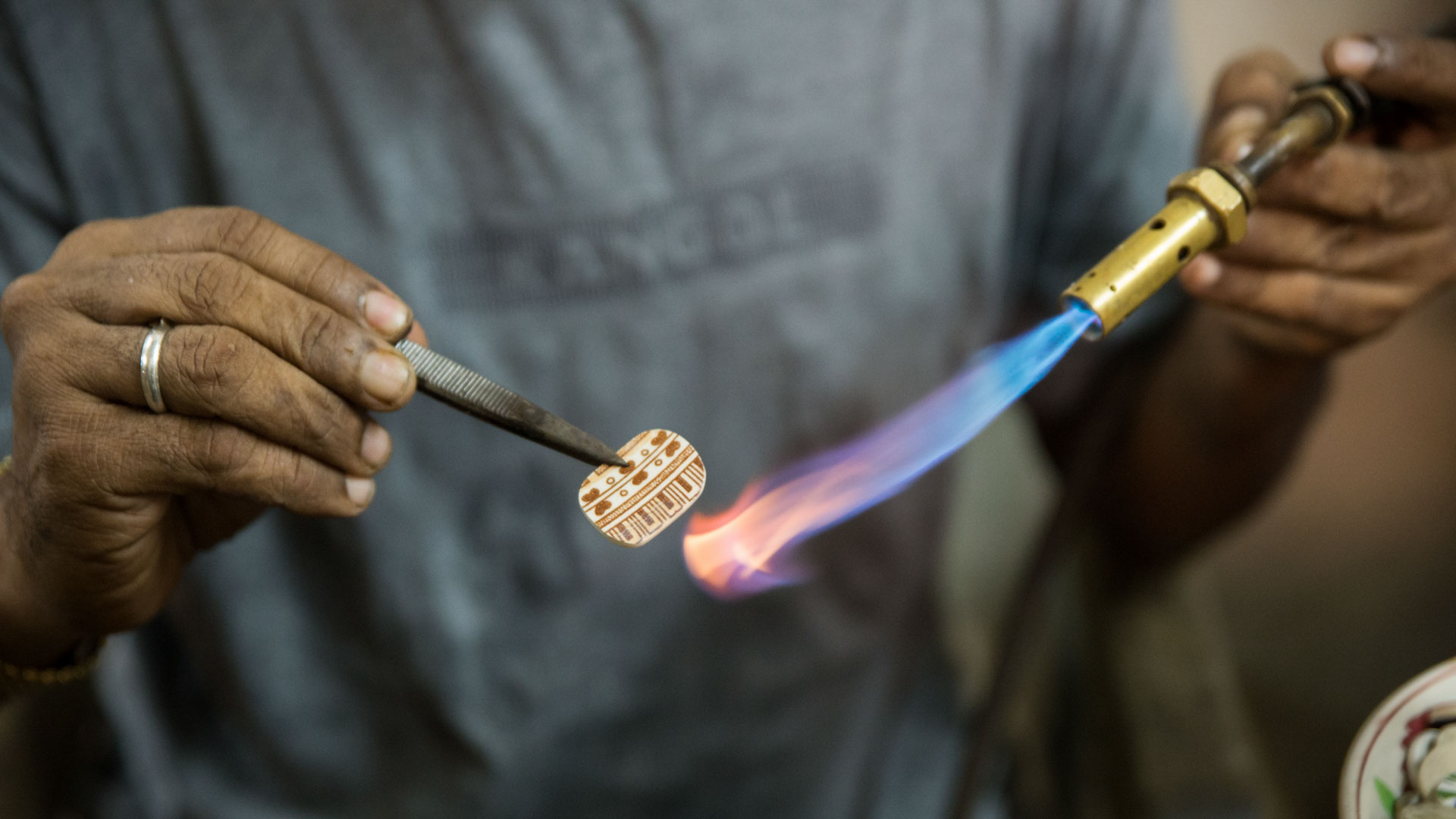
Eight years down line, Crafting Kenya has evolved, situating us at an intriguing intersection of craft, design, R&D, and material innovation. We are on a mission to work with the world's most creative brands, providing support for innovative product development and production that harnesses Kenya’s skills and resources — including the capacity of thousands of Kenya’s makers. To date, our work has seen us collaborate on projects with various partners from heritage European luxury houses to cultural institutions from the UAE.
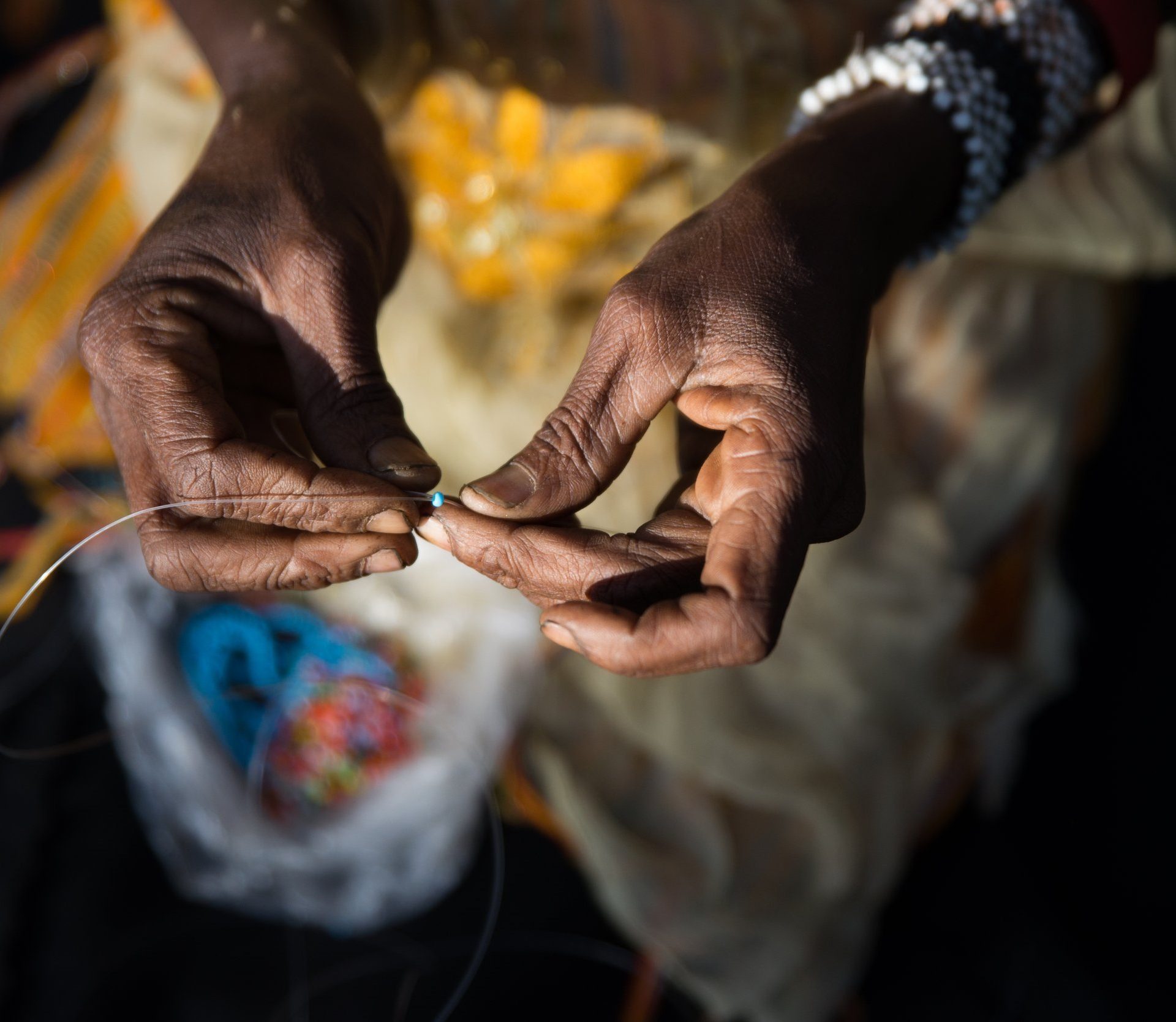
The highlight of 2022 has been crossing paths with Angama. Being tasked with redesigning Angama’s packaging, we are working with local materials and makers to bring this project to fruition. During our collaboration with Angama, we have found a refreshing alignment in supporting local creative enterprise, creating economic opportunity for Kenyans, a commitment to convey an honest sense of place and people, and a proactive investment in cultural preservation. Undoubtedly, creating the future doesn’t mean neglecting the past, but protecting it even more.
(All images courtesy of Crafting Kenya)
Filed under: East Africa Travel
Subscribe for Weekly Stories
Comments (0):

Angama Safari Offers